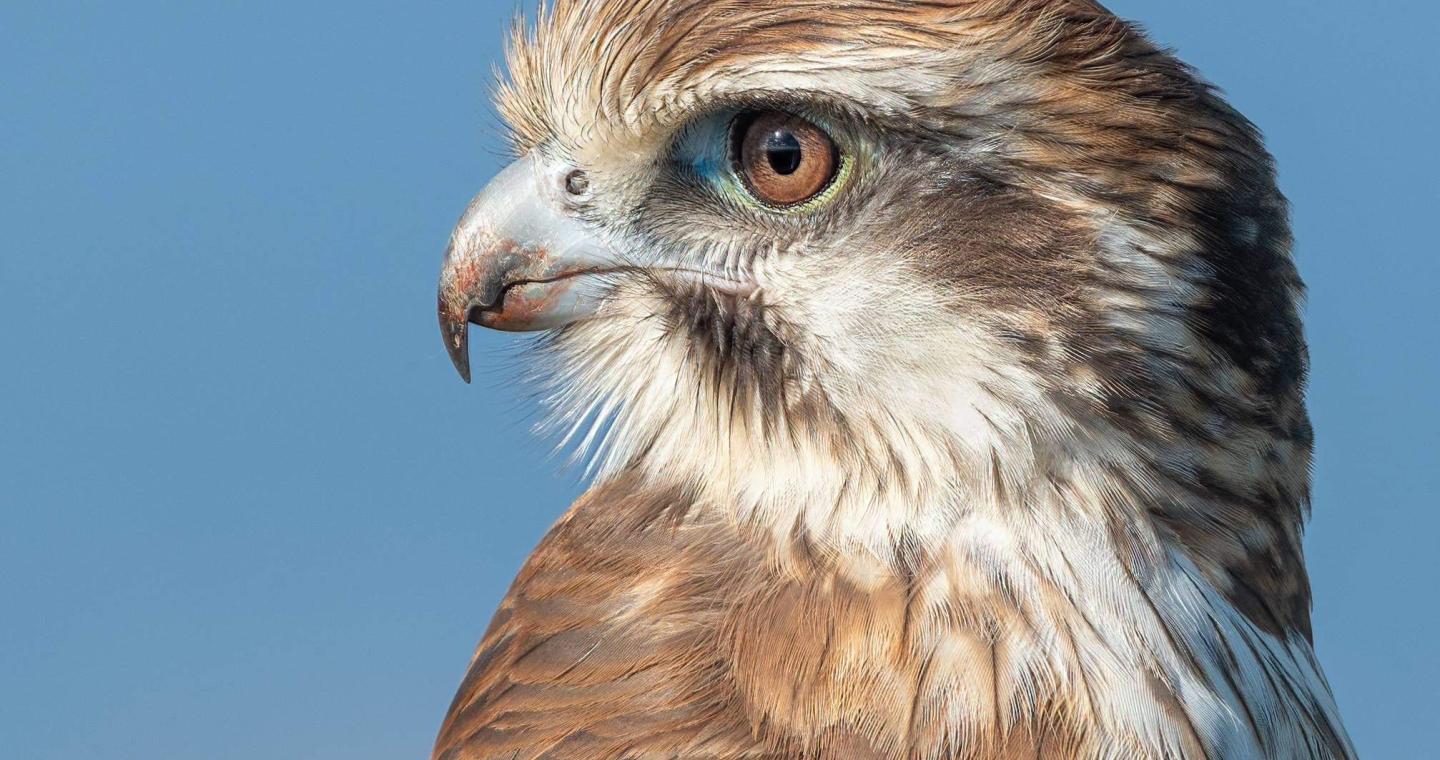
Every year, thousands of visitors flock to Werribee to enjoy its coastline and shake their tail feathers at an exotic gathering of internationals.
Travel writer, Belinda Jackson uncovers some of the region’s premier birdwatching locations.
Is it a rave? A convention? Neither – Werribee is a prime holiday destination for birds across the world, who wing it to the waterways, coastal parks and wetlands of Werribee and surrounds. Pelicans and Peregrine Falcons, Magpies and Mudlarks (Magpie-larks), even Brolgas – they’re all drawn to our waterways and rivers, to the delight of local and international twitchers, as birdwatchers are known.
Birdwatching isn’t just for ticking boxes of the species spotted, it’s also a chance to practice mindfulness and wellbeing, to find some serenity in our daily world.
Western Treatment Plant
Hidden away on the coastline south of Werribee South Beach is one of Australia’s premier birdwatching locations. With its shallow lagoons and broad grasslands, the vast Western Treatment Plant is one of Australia’s best birdwatching sites, second only to Kakadu in the Northern Territory.
Tens of thousands of birds descend on the treatment plant each year, including multitudes of Pied Cormorants and globetrotting Asian Dowitchers, frequent flyers who make the 25,000km round trip from Siberia or Mongolia to Werribee each year. Leggy dancing brolgas can be spotted all year round, while the twitcher’s dream bird, the Orange-bellied Parrot, leaves chilly Tassie to spend winter in warmer Werribee. So rare there are only 40 known individuals in the wild, they’re definitely top of twitchers’ must-see lists.
Around 300 species of birdlife have been recorded at this internationally recognised site on the fringe of Werribee, where birdwatchers can embrace the tranquillity of being immersed in natural surrounds, just 30 minutes from the heart of Melbourne.
The water treatment plant is the jewel in the birdwatching crown. Before visiting, you’ll need to apply for a birdwatching access permit. There are also plenty of free sites around Werribee for birdwatchers to spot our feathered friends.
Point Cook Coastal Park and the Cheetham Wetlands
Butting up against the edge of Point Cook’s houses, the Point Cook Coastal Park and its marine sanctuary is a favourite stop for many migrating birds. Easy to spot are the largest and best-known birds such as the blue-footed Australian Pelicans and Black Swans which, unsurprisingly, gather around Black Swan View Point.
The low-lying coastal park is criss-crossed with shared walking and bicycle tracks suitable even for families with young children. The area includes the Cheetham Wetlands, which are protected and therefore off-limits to walkers, however, you can climb the Cheetham Wetlands Observation Tower for a bird’s eye view of this important habitat.
From Point Cook Homestead Road, it’s an easy walk to the distinctive tower and Black Swan viewpoint – keep your eyes and ears open for Straw-necked Ibises, Singing Honeyeaters and Superb Fairy-wrens along the way. Climb the tower, now pause…and wait until your ears tune into the symphony of birdcall.
Werribee River and Wyndham Park
For the best birdwatching conditions, grab a coffee at one of the cafes in nearby Watton St then cross the bridge to a quiet spot in Wyndham Park and catch the passing parade. Better still, several cafes including Wolf on Watton have outdoor terraces that back onto the river.
Werribee Open Range Zoo
One of the easiest ways to spot birds is to head to Werribee Open Range Zoo in the Werribee Park Precinct. They’ve got big birds – Emus and Ostriches – and little ones – from brightly coloured Superb Fairy-wrens to Red Wattlebirds. Sky raptors including Black Kites and Whistling Kites coast the thermals overhead, and boisterous yellow-tailed black cockatoos let you know when they’re around.
The zoo is working to preserve two critically endangered species from extinction: follow the Australian trail to an aviary that’s home to the migratory Orange-bellied Parrot – one of the world’s rarest birds, with only 50 birds believed to be living in the wild. During your visit, you can learn about the behind-the-scenes work on the equally threatened Plains-wanderer, a shy, quail-like bird which, due to its flighty nature, isn’t on show.
Birdwatching zookeepers say the best time to go spotting here is in spring, when birds are breeding, otherwise, time your visit for cooler days, when they’re most active.
Tips for twitchers
- Sssh! Switch to your inside voice and tune into all the different bird calls.
- Go birdwatching in the early morning, when they’re most active.
- Blend in: don’t wear brightly coloured clothes.
- Avoid windy or hot days – birds tend to find shelter on these days.
- Track your finds with a bird guide: try the bestselling What Bird is That? Morcombe Field Guide to Australian Birds or Field Guide to the Birds of Australia.
